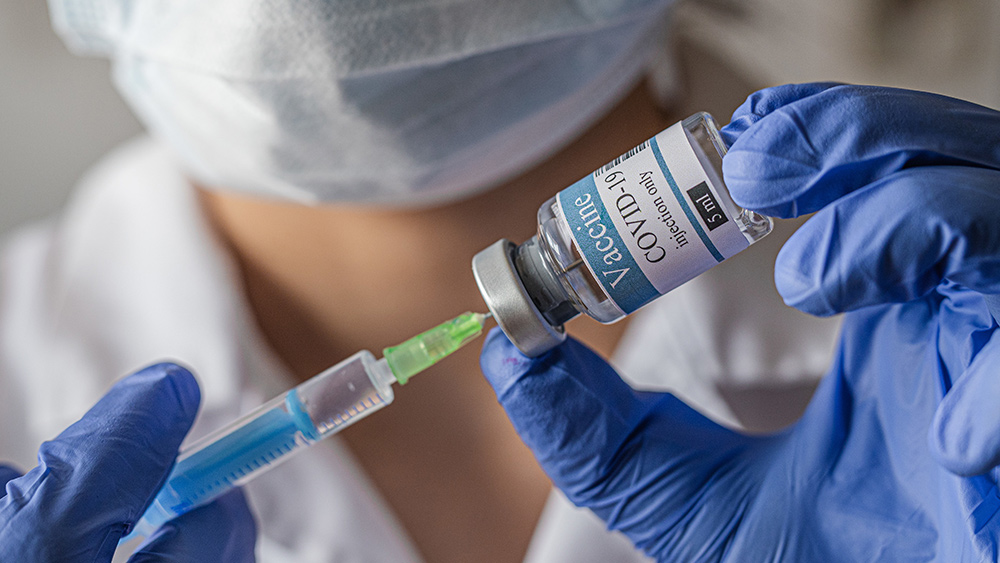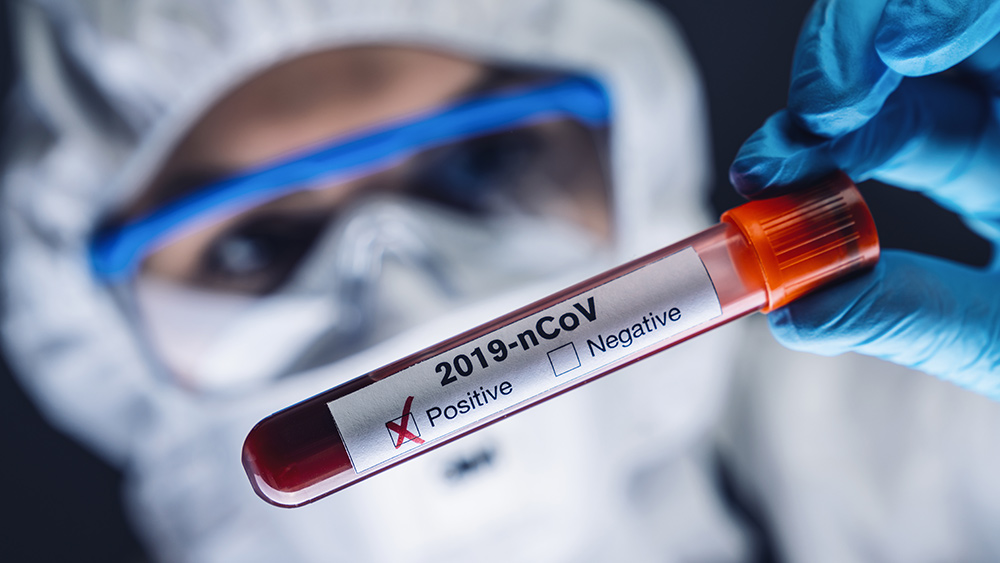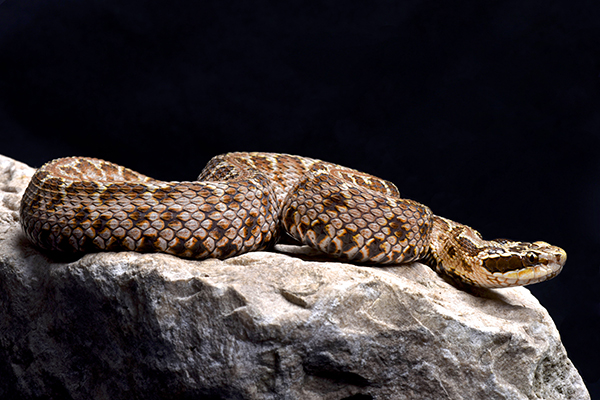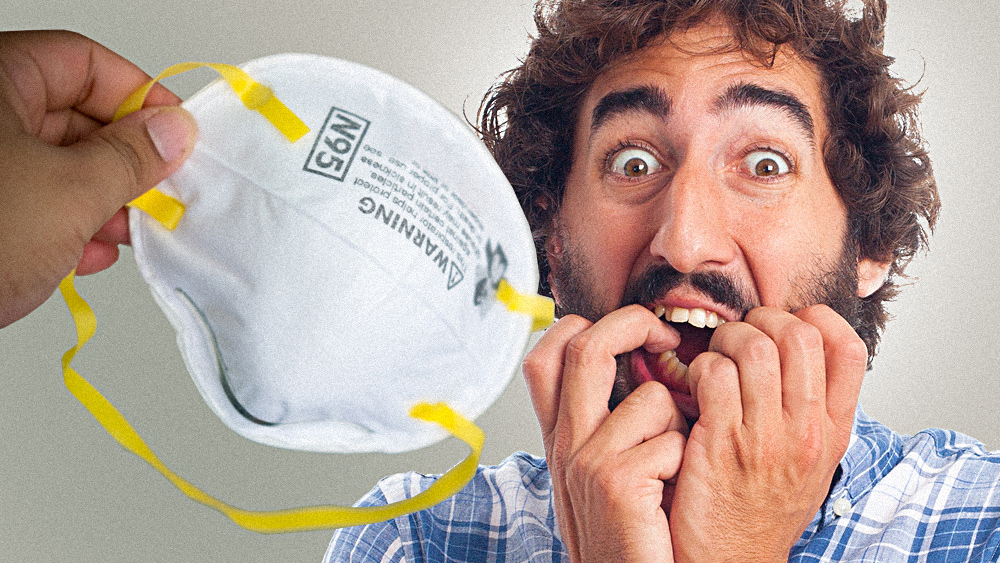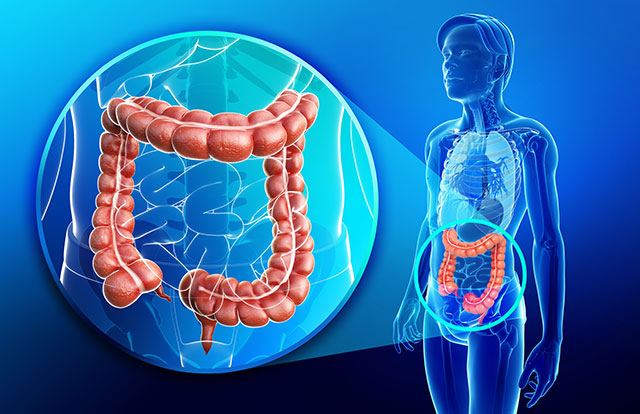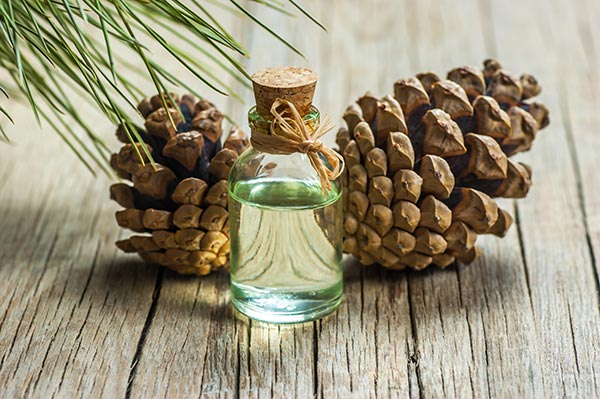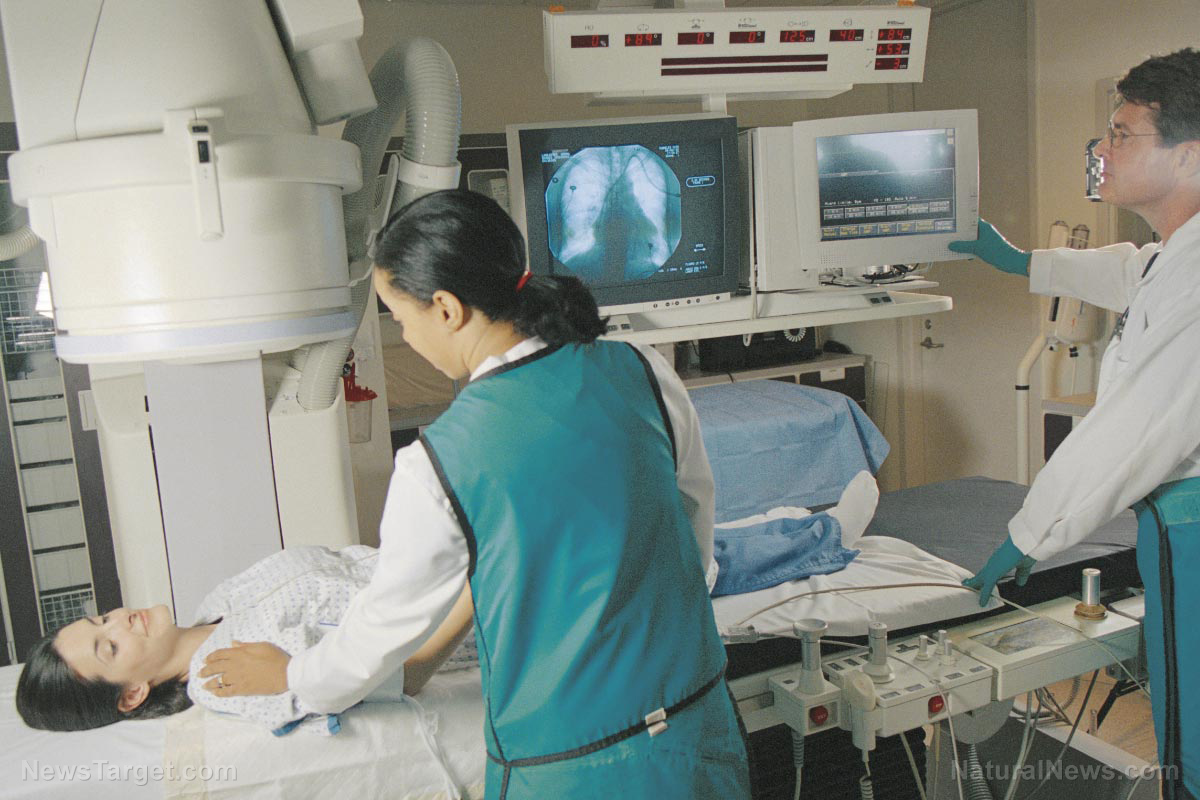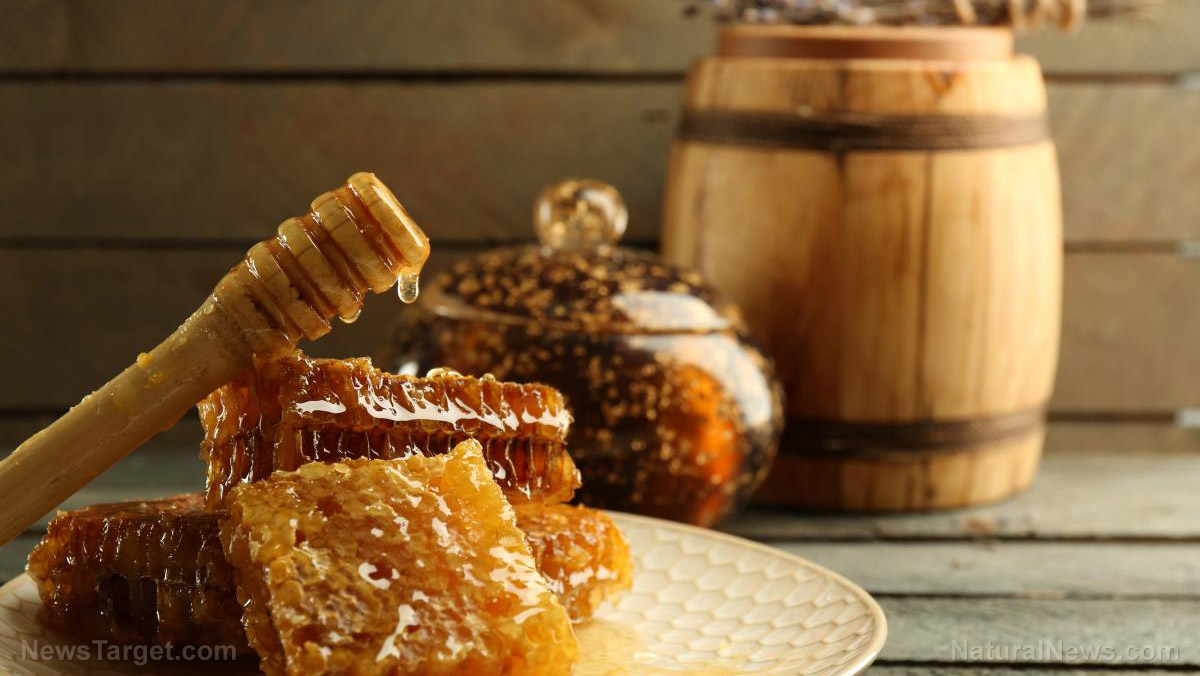Researchers examine the antistaphylococcal activities of Maclura tinctoria
07/15/2020 / By Evangelyn Rodriguez

Brazilian researchers evaluated the antimicrobial activity of 90 extracts derived from native Atlantic Forest trees against the bacterial pathogen, Staphylococcus aureus. Their findings were published in the journal BMC Complementary and Alternative Medicine.
- The Atlantic Forest, which extends along the entire Brazilian coast, is home to 20,000 plant species.
- These species are sources of natural products whose biological activities have not yet been explored.
- For their study, the researchers obtained extracts from native Atlantic Forest trees and tested them against a common human and veterinary pathogen, S. aureus.
- A total of 26 extracts showed biological activity. Eight species had minimum inhibitory concentrations (MIC) below 1 mg/mL.
- Of these eight species, three were found to have antibacterial activity for the first time.
- An organic extract derived from the leaves of Maclura tinctoria (dyer’s mulberry) had the lowest MIC (0.08 mg/mL).
- After phytochemical fractionation of the extract, the researchers analyzed its most active fraction (11FO d) to identify its chemical components.
- They used atomic force microscopy (AFM) to evaluate its ability to damage bacterial cells and crystal violet uptake assay to determine alterations in cell membrane permeability.
- To assess its antimicrobial activity in vivo, they treated S. aureus-infected Galleria mellonella larvae with 11FO d and collected survival data.
- The researchers reported that 11FO d had an MIC of 0.04 mg/mL and showed strong antibacterial activity against veterinary S. aureus isolates.
- 11FO d also increased the survival of S. aureus-infected G. mellonella larvae.
- 11FO d did not alter the bacterial surface or cause cell membrane damage.
- Phytochemical analysis revealed that the major components responsible for 11FO d’s antibacterial activity were prenylated flavonoids.
Based on these findings, the researchers concluded that M. tintoria extract is an excellent source of antibacterial flavonoids that can be used as natural antistaphylococcal agents.
Read the full study at this link.
Journal Reference:
Almeida ADC, Rodrigues LA, Paulino GDS, Aguilar AP, Almeida AA, Ferreira SO, Brandao GC, Leite JPV, Ribon ADOB. PRENYLATED FLAVONOID-ENRICHED FRACTION FROM MACLURA TINCTORIA SHOWS BIOLOGICAL ACTIVITY AGAINST STAPHYLOCOCCUS AUREUS AND PROTECTS GALLERIA MELLONELLA LARVAE FROM BACTERIAL INFECTION. BMC Complementary and Alternative Medicine. 29 July 2019;19(1). DOI: 10.1186/s12906-019-2600-y
Tagged Under: alternative medicine, antibacterial, dyer's mulberry, flavonoids, natural antibiotics, natural cures, natural medicine, phytonutrients, plant medicine, prevention, remedies, research, staph infections

